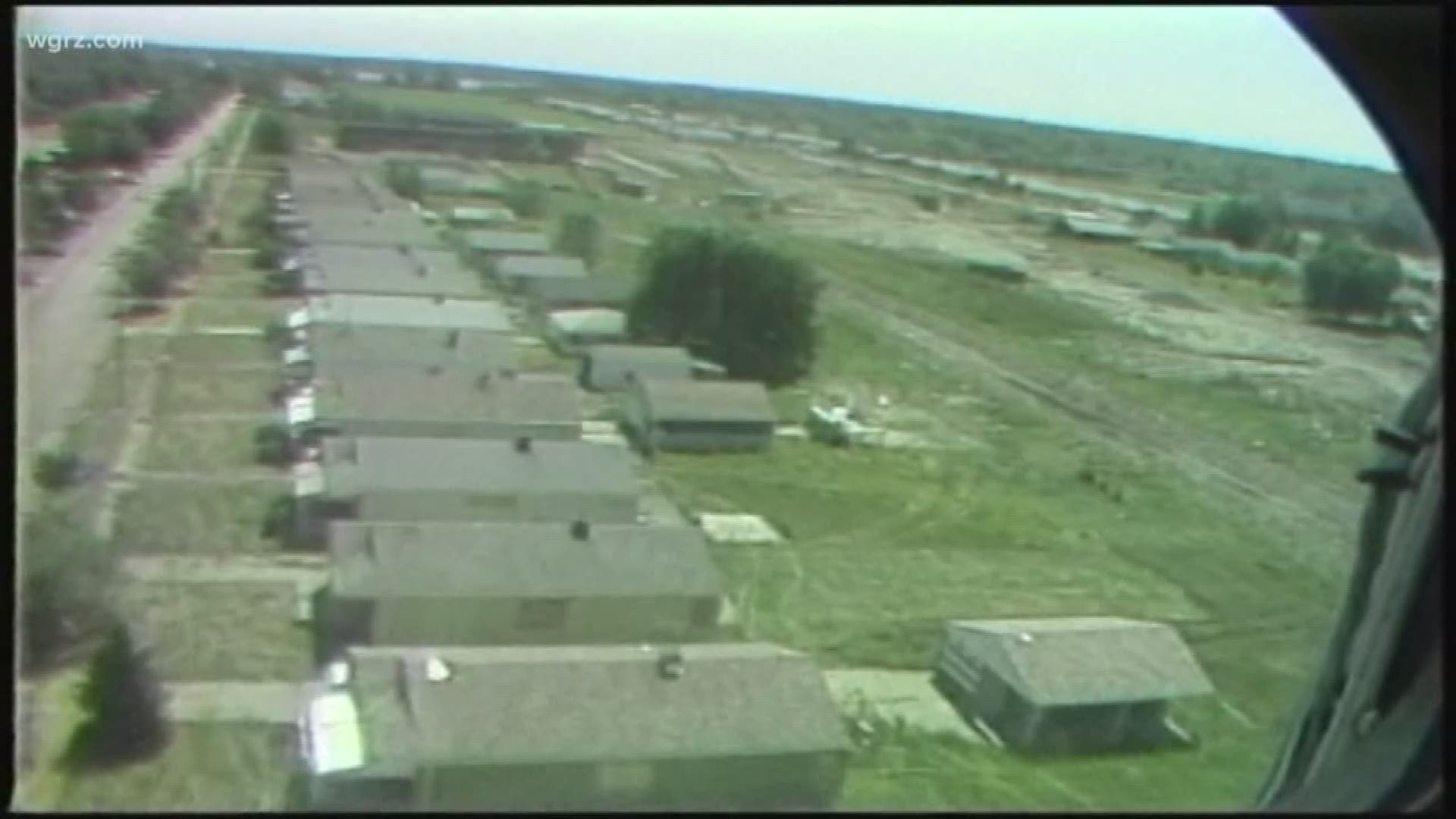NIAGARA FALLS, N.Y. - It was an environmental disaster in Niagara Falls during the 1970's. A bold, brave housewife noticed people, especially children, getting sick. And she wanted answers.
Her effort led to a big change at Love Canal.
"It was very clear to me that both of my children were sick and that the government wasn't going to do anything, the city wasn't doing anything, the health department wasn't doing anything," said Gibbs in a telephone interview with 2 On Your Side's Claudine Ewing.
Her children are now adults with their own children and all of their illness went away. "The children of Love Canal are having birth defected children just like the parents years ago, so I feel very blessed to have healthy children."
The exposure to leaking chemical waste was a problem and it was soon revealed that the neighborhood was above tons of buried chemical waste. Gibbs went door-to-door, there were protests, average people were not giving up.
The name Love Canal came from William T. Love who was digging a canal to connect the upper and lower Niagara River. "Obviously that didn't happen, he had a partially dug canal and filled it up with toxic waste and covered it up and then the city of Niagara Falls built a school and homes around it."
On August 7, 1978, President Jimmy Carter declared a federal health emergency. "It validated us, everybody kept saying you're just hysterical housewives, you don't know what you're talking about, you have sickly kids, you're trying to point the finger. It was like yes, even the President of the United States now admits and documents through resources that we have a problem here."
It was her biggest accomplishment. The fight led to the creation of the U.S. Environmental Protection Agency's "Superfund," which is used to locate and clean up toxic sites throughout the United States.
800 families were evacuated. Hooker chemical company had dumped toxic waste.
Brian points to the area where there was a school and the creek where he would ice skate. "We'd actually see different colors underneath the water as a kid we had no idea what it was 40 years later we come to find out it wasn't good stuff." He still lives in the area and his children play baseball on land that was once contaminated.
Gibbs recently visited the area and said she was "amazed at the Southern end of Love Canal."
"It looks terrible," she said. "Before it used to look like a green pasture with the fence and road, now it's looking really pathetic."
She thinks leaders should take notice. "I think one of the things they ought to do is to stop moving people back in there, there is no reason to believe that Love Canal is safe, any part of Love Canal, the northern end, the southern end and yet they put a park on the area that people were moved out of and never determined to be habitable."
"I think the area should be abandoned," she added. "How have chemicals moved over the last 40 years, what does this mean? What has happened to the field mice, the birds or the natural environment as it relates to other areas?"
When asked if companies now are getting the message about toxic dumping, she said "companies are about profits and loss and so the only time the only times companies are getting better is when companies are paying out of their profits."
Gibbs is the founder and executive director of the Center for Health, Environment and Justice (CHEJ), a grassroots environmental crisis center that has provided information, resources, technical assistance and training to thousands of community groups around the nation.

